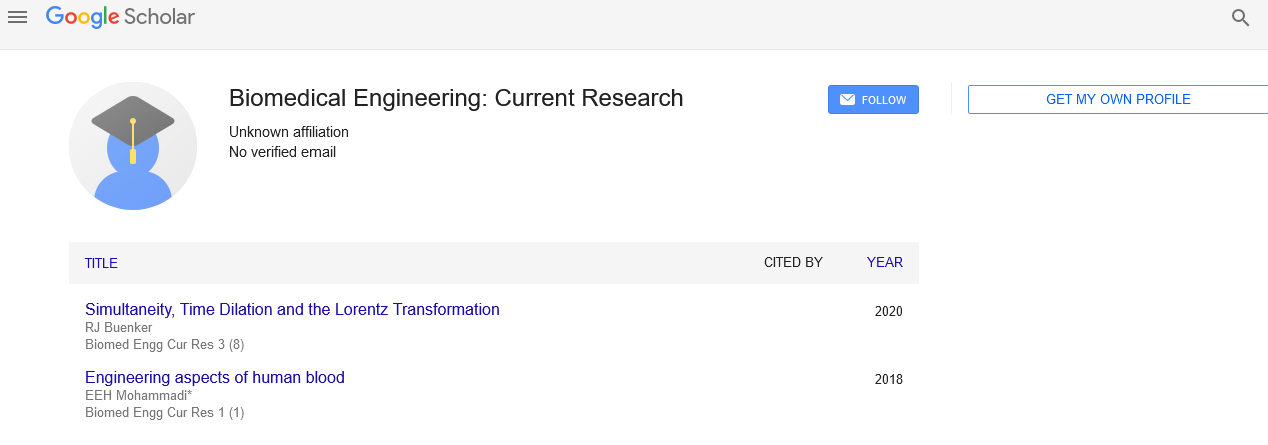
Sign up for email alert when new content gets added: Sign up
Abstract
Genetics confounding the diagnosis of glaucoma or myopic
Author(s): Atanu MajumdarAny practitioner managing glaucoma would have faced the challenge of diagnosing and treating high myopes who resembles glaucomatous but don’t have raised IOP. Several studies like blue mountain eye study, the Beijing eye study have confirmed that myopes are more likely to have glaucoma. Attempt to set guidelines with an aim to segregate patients having high myopia with glaucoma from patients having only high myopia has been made. Certainly cross sectional diagnosis for glaucoma would be tricky, particularly with myopic nerves, hence every possibility that some myopes are misdiagnosed as having glaucoma. With the help of Disc photo, Automated Perimetry (AP), Tonometry, Central Corneal Thickness (CCT), and OCT of RNFL (Retinal Nerve Fibre Layer) and ONH (Optic Nerve Head) reports patients are screened to determine glaucomatous damage in -3.00 Dsph and above myopes having ophthalmoscopically suspicious disc. To learn about the kind of visual field defects in high myopes this population based prevalence survey is designed for 350 cases of high myopes in South East region of state Jharkhand, India.




